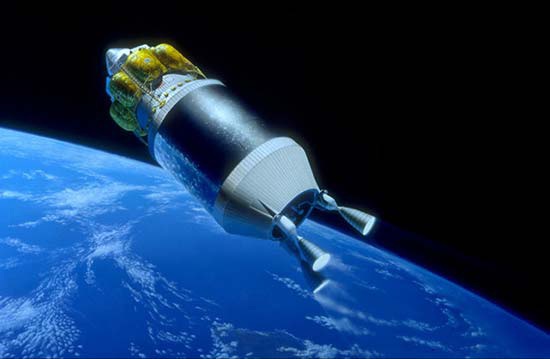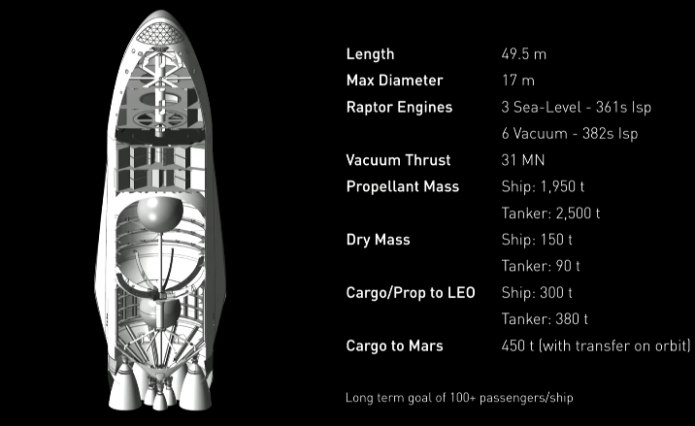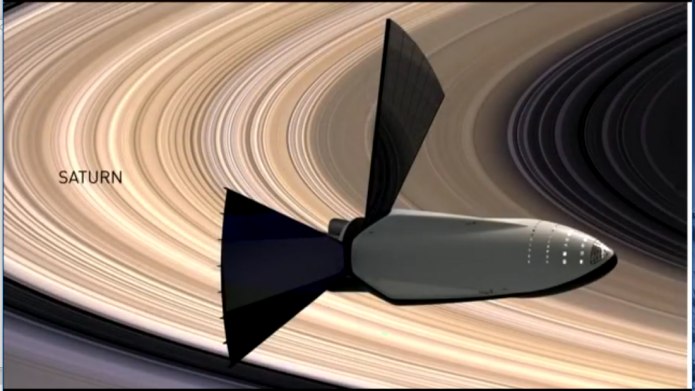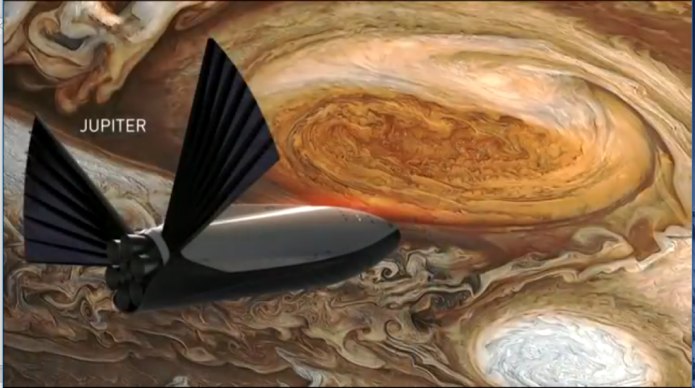Now this is interesting…
With such highlights as:
When Category 2 Hurricane Frances made landfall roughly 100 miles south of Kennedy in 2004, tropical storm-force winds lashed Space Coast, ripping more than a thousand panels off the Vehicle Assembly Building and resulting in 100 million worth of damage.
And…
The storm is projected to pass perilously close to Florida’s entire eastern seaboard beginning later today, with a Category 3 or 4 eye passing directly over Kennedy Space Center on Friday…
And…
Kennedy’s Orbiter Processing Facilities are rated to withstand sustained winds of 105 mph. The Vehicle Assembly Building and launchpads hold together up until about 115 mph, while newer buildings constructed after Hurricane Andrew in 1992 are designed to weather 130 mph winds.
And…
If the storm does hit at high tide, the NHC warns of surges as high as 9 feet from central Florida all the way up into southern Georgia. Most of Kennedy’s infrastructure sits between five and ten feet above sea level.
Ruh-roh…
So, let’s say Canaveral gets well and truly trashed. Winds rip the buildings apart, a storm surge sloshes over the facilities and washes ’em out to sea. What to do?
This would argue for some diversity in not only launch vehicles, but launch sites and launch *modes.* I’m not a terribly big fan of air-launched systems like Pegasus or Stratolaunch, but the availability of such systems would allow for the important bits to be locate much further inland. You could in principle base such a system in, say, Utah and fly down to the Gulf for an easterly launch. Systems that launch from the decks of ships would be less sensitive to this, as they could steam out ahead of the storms. Systems that launch from the surface of the ocean itself would also be insensitive to storms.
One of the potential problems with systems like these is that they tend to be smaller. An aircraft could maybe carry a Falcon 9, but good luck horsing a Falcon 9 Heavy into the sky. Or launching one from a ship smaller than a supertanker. Launching directly from the ocean made sense for vehicles as vast as the Sea Dragon, but it gets less sensible as the vehicle gets smaller. And I’m uncertain how well this would work out for a thin-walled eggshell design like the SpaceX Mars booster.
There is another solution: launch from inland. Works well for the Russians; having booster stages crash down into Kazakhstan apparently doesn’t cause trouble for anyone who matters. This would be trickier in he CONUS, though. However, there is already a solution to this problem, detailed on this very blog nearly 8 years ago: buy a strip of northern Mexico. The original idea was to turn that strip into a new nation, Neuvo Israel. But turning it into a Federal reserve would work too. Make it a wildlife refuge, off limits to settlements and urban developments; but a dandy place to locate the launch and impact sites, along with a few dozen terawatt-class breeder and thorium salt reactors.







